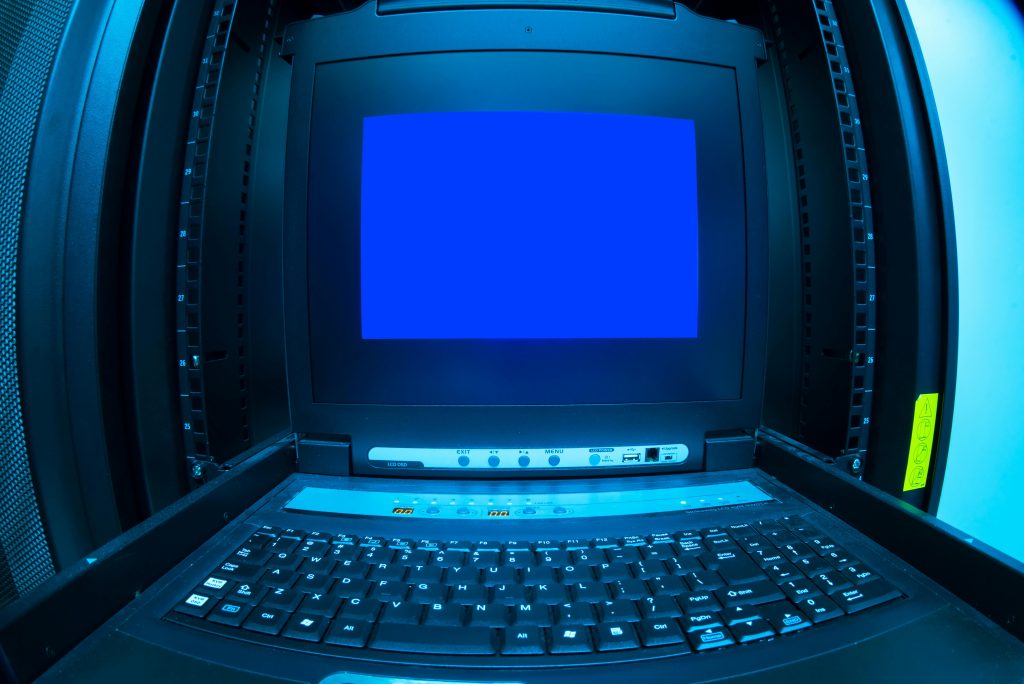How to Install Windows on Your PC Using a USB Drive: A Step-by-Step Guide
Have you been navigating the world of personal computing without a legitimate Windows installation? You’re not alone! Many users find themselves in similar situations, often relying on unofficial versions that lead to unexpected headaches. If you’ve decided it’s time to install a genuine version of Windows and give your PC a fresh start, you’ve come to the right place.
Why a Clean Install?
After using an unofficial version of Windows for an extended period, it’s common to encounter various issues. Whether it’s software glitches, security vulnerabilities, or simply the realization that a legitimate version offers enhanced stability and features, starting fresh with a clean installation is a smart move. Plus, you won’t have to worry about those annoying prompts that come from using an unregistered version.
Preparing for Installation
To install Windows from a USB drive, here’s what you’ll need to do:
-
Purchase a Genuine Windows License: First, make sure to buy a valid copy of Windows from an authorized retailer. This will come with a product key necessary for activation.
-
Create a Bootable USB Drive:
- Download the Windows Media Creation Tool from the official Microsoft website.
- Use the tool to create a bootable USB drive. Make sure your drive has at least 8 GB of space and is formatted correctly.
-
Follow the prompts within the Media Creation Tool to select the USB drive and download the installation files.
-
Back Up Important Data: Although you’ve indicated you’re okay with losing everything, it’s always a good idea to back up any important files or documents in case you reconsider.
Installing Windows
Now that you’re ready to get started, follow these steps:
-
Insert the USB Drive: Plug the bootable USB drive into your PC.
-
Access BIOS/UEFI: Restart your computer and enter the BIOS/UEFI settings. This is usually done by pressing a key like F2, F12, Delete, or Esc as soon as your computer starts (the key varies by manufacturer).
-
Change Boot Order: In the BIOS menu, locate the boot sequence settings. Change the boot order to prioritize the USB drive over your hard disk.
-
Save Changes and Exit: After setting the USB drive as the primary boot device, save your changes and exit BIOS. Your computer should restart.
-
Begin Installation: Once your PC
Share this content:



